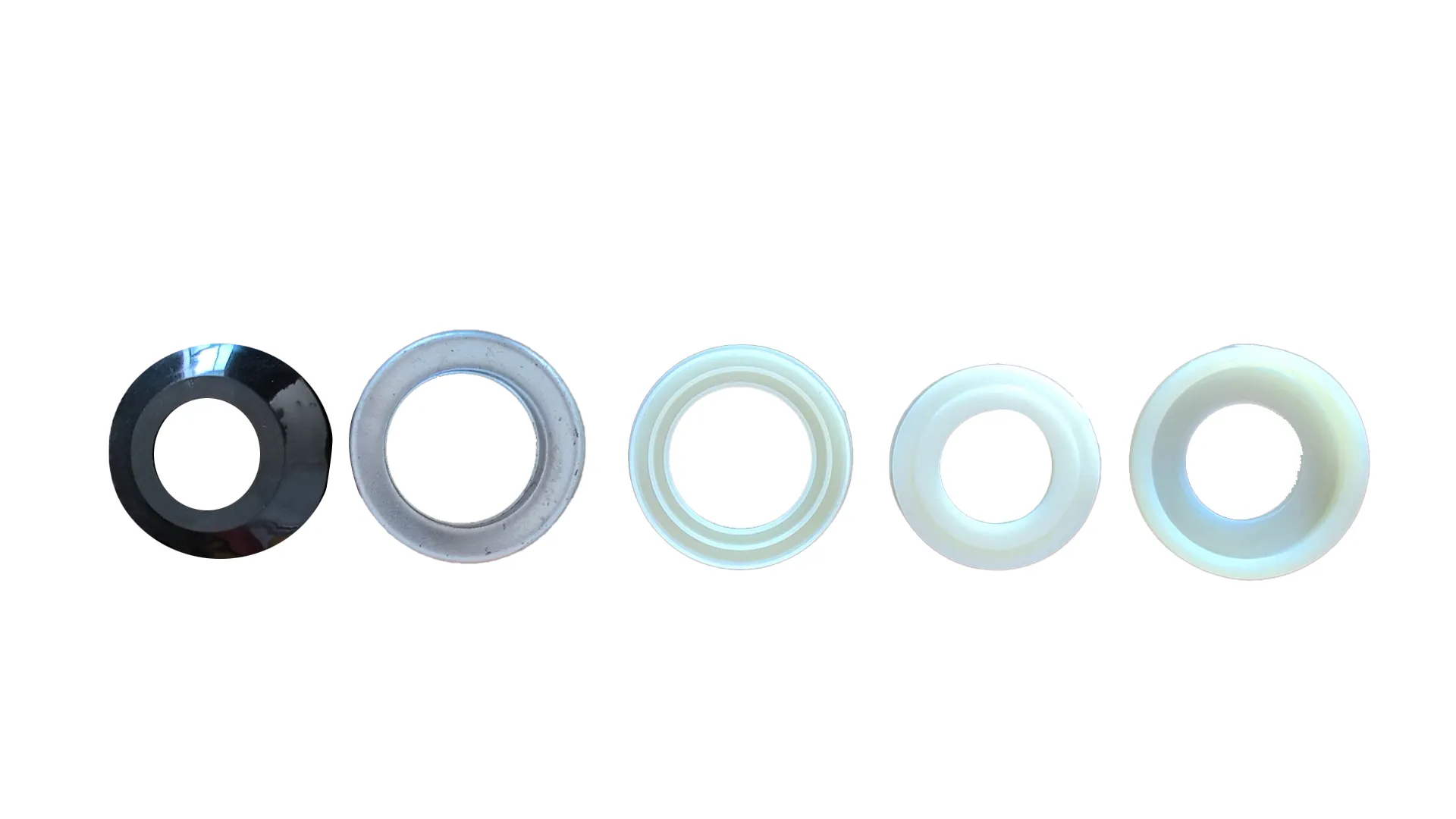 Afrikaans
Afrikaans  Albanian
Albanian  Amharic
Amharic  Arabic
Arabic  Armenian
Armenian  Azerbaijani
Azerbaijani  Basque
Basque  Belarusian
Belarusian  Bengali
Bengali  Bosnian
Bosnian  Bulgarian
Bulgarian  Catalan
Catalan  Cebuano
Cebuano  Corsican
Corsican  Croatian
Croatian  Czech
Czech  Danish
Danish  Dutch
Dutch  English
English  Esperanto
Esperanto  Estonian
Estonian  Finnish
Finnish  French
French  Frisian
Frisian  Galician
Galician  Georgian
Georgian  German
German  Greek
Greek  Gujarati
Gujarati  Haitian Creole
Haitian Creole  hausa
hausa  hawaiian
hawaiian  Hebrew
Hebrew  Hindi
Hindi  Miao
Miao  Hungarian
Hungarian  Icelandic
Icelandic  igbo
igbo  Indonesian
Indonesian  irish
irish  Italian
Italian  Japanese
Japanese  Javanese
Javanese  Kannada
Kannada  kazakh
kazakh  Khmer
Khmer  Rwandese
Rwandese  Korean
Korean  Kurdish
Kurdish  Kyrgyz
Kyrgyz  Lao
Lao  Latin
Latin  Latvian
Latvian  Lithuanian
Lithuanian  Luxembourgish
Luxembourgish  Macedonian
Macedonian  Malgashi
Malgashi  Malay
Malay  Malayalam
Malayalam  Maltese
Maltese  Maori
Maori  Marathi
Marathi  Mongolian
Mongolian  Myanmar
Myanmar  Nepali
Nepali  Norwegian
Norwegian  Norwegian
Norwegian  Occitan
Occitan  Pashto
Pashto  Persian
Persian  Polish
Polish  Portuguese
Portuguese  Punjabi
Punjabi  Romanian
Romanian  Russian
Russian  Samoan
Samoan  Scottish Gaelic
Scottish Gaelic  Serbian
Serbian  Sesotho
Sesotho  Shona
Shona  Sindhi
Sindhi  Sinhala
Sinhala  Slovak
Slovak  Slovenian
Slovenian  Somali
Somali  Spanish
Spanish  Sundanese
Sundanese  Swahili
Swahili  Swedish
Swedish  Tagalog
Tagalog  Tajik
Tajik  Tamil
Tamil  Tatar
Tatar  Telugu
Telugu  Thai
Thai  Turkish
Turkish  Turkmen
Turkmen  Ukrainian
Ukrainian  Urdu
Urdu  Uighur
Uighur  Uzbek
Uzbek  Vietnamese
Vietnamese  Welsh
Welsh  Bantu
Bantu  Yiddish
Yiddish  Yoruba
Yoruba  Zulu
Zulu Analysis of Bearing Housing Pricing Trends and Market Influences
Understanding Bearing Housing Prices An Essential Guide
Bearing housings play a crucial role in various machinery and equipment, providing support and protection for bearings, which are vital components in reducing friction and wear. The price of bearing housings can fluctuate significantly based on several factors, and understanding these can help businesses make informed purchasing decisions.
Materials and Design
One of the primary determinants of bearing housing prices is the material used in their manufacturing. Common materials include cast iron, steel, and plastic, each with its own cost implications. For instance, cast iron is durable and corrosion-resistant but may be more expensive than basic plastics. Moreover, specialized designs, such as those incorporating features for enhanced lubrication or cooling, can also drive up costs. Tailored solutions, while ensuring longevity and productivity, can be a significant investment.
Manufacturing Processes
The way bearing housings are manufactured affects their final price. Precision machining, often required for high-performance applications, can lead to higher costs due to the intricate processes involved. Conversely, mass-produced units may offer lower prices. The trade-off between cost and quality is a key consideration for procurement decisions. Buyers must evaluate whether a lower initial price could lead to higher maintenance or replacement costs down the line.
bearing housing price

Market Demand and Trends
Supply and demand dynamics significantly influence bearing housing prices. In sectors experiencing rapid growth—like renewable energy or electric vehicles—the demand for specialized bearing housings can surge, leading to price increases. Conversely, economic downturns can lead to reduced demand and consequently lower prices. Staying informed about market trends is crucial for companies aiming to optimize their expenditures.
Brand and Supplier Reputation
The brand and reputation of suppliers also contribute to pricing. Established manufacturers with a history of producing high-quality products may command higher prices due to perceived reliability and performance. In contrast, lesser-known brands might offer more competitive pricing but could come with risks regarding quality and after-sales support. It is essential for buyers to conduct thorough research and weigh the benefits of buying from reputable sources against potential savings from lower-cost alternatives.
Conclusion
In conclusion, several factors influence bearing housing prices, including materials, manufacturing processes, market dynamics, and supplier reputation. By understanding these elements, businesses can make more strategic purchasing decisions, ensuring that they balance cost with quality and performance. As technology advances and industries evolve, staying informed about these factors will be essential for maintaining operational efficiency and competitiveness.
-
Revolutionizing Conveyor Reliability with Advanced Rubber Lagging PulleysNewsJul.22,2025
-
Powering Precision and Durability with Expert Manufacturers of Conveyor ComponentsNewsJul.22,2025
-
Optimizing Conveyor Systems with Advanced Conveyor AccessoriesNewsJul.22,2025
-
Maximize Conveyor Efficiency with Quality Conveyor Idler PulleysNewsJul.22,2025
-
Future-Proof Your Conveyor System with High-Performance Polyurethane RollerNewsJul.22,2025
-
Driving Efficiency Forward with Quality Idlers and RollersNewsJul.22,2025





























